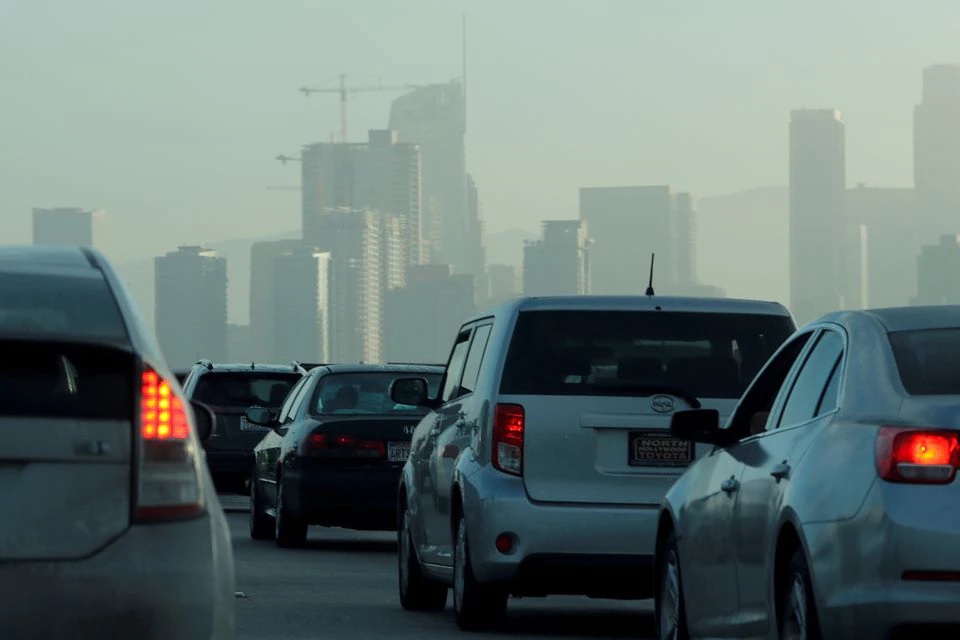President Joe Biden’s administration on Thursday said it would propose reversing the Trump-era loosening of vehicle emissions rules with a new plan to boost efficiency 10% in the 2023 model year and aiming for a fleet average of 52 miles per gallon by 2026.
The U.S. Environmental Protection Agency proposal also calls for a near 5% stringency increase in each model year from 2024 through 2026. But it would not seek to reverse former President Donald Trump’s rollbacks in fuel efficiency standards for the 2021 or 2022 model years.
The plan is a big increase from Trump’s proposal for vehicle fuel efficiency by 2026 of just 43.3 mpg. The Biden administration said EPA rules would require higher efficiency by 2026 than former President Barack Obama’s administration would have mandated through 2025.
The Democratic administrations of Biden and Obama have pushed for stricter fuel efficiency standards to reduce greenhouse gas omissions and fight climate change. In March 2020, Trump’s Republican administration rolled back Obama’s standards to require only 1.5% annual increases in efficiency through 2026. Obama had required 5% annual increases.
The EPA projects the requirements will cost $150 billion to $240 billion through 2025 from higher vehicle costs, but save motorists $120 billion to $250 billion in fuel costs and have net benefits of $86 billion to $140 billion including other things like improved public health and reduced pollution.
EPA said by 2050 the proposal would “reduce gasoline consumption by more than 290 million barrels” a nearly 10% reduction.
In 2020, the EPA said the Trump plan would hike U.S. oil consumption by about 500,000 barrels per day.
EPA estimates that over 30 years “total
fatalities will increase by 2,288, with 1,952 deaths attributed to increased driving and 336 deaths attributed to the increase in fatality risk.”
The transportation sector is the largest U.S. source of greenhouse emissions, representing 29% of total emissions — and light-duty vehicles account for 58% of the transportation emissions.
It would also boost “off-cycle” credits that recognize the emissions benefits of technologies that are not captured on the EPA compliance tests. “These include technologies such as
high-efficiency headlamps or solar reflective paint that keeps the vehicle cabin cooler to reduce air conditioning needs,” EPA said.
EPA plans a public hearing on Aug. 25 and public comments must be received by Sept. 27.









